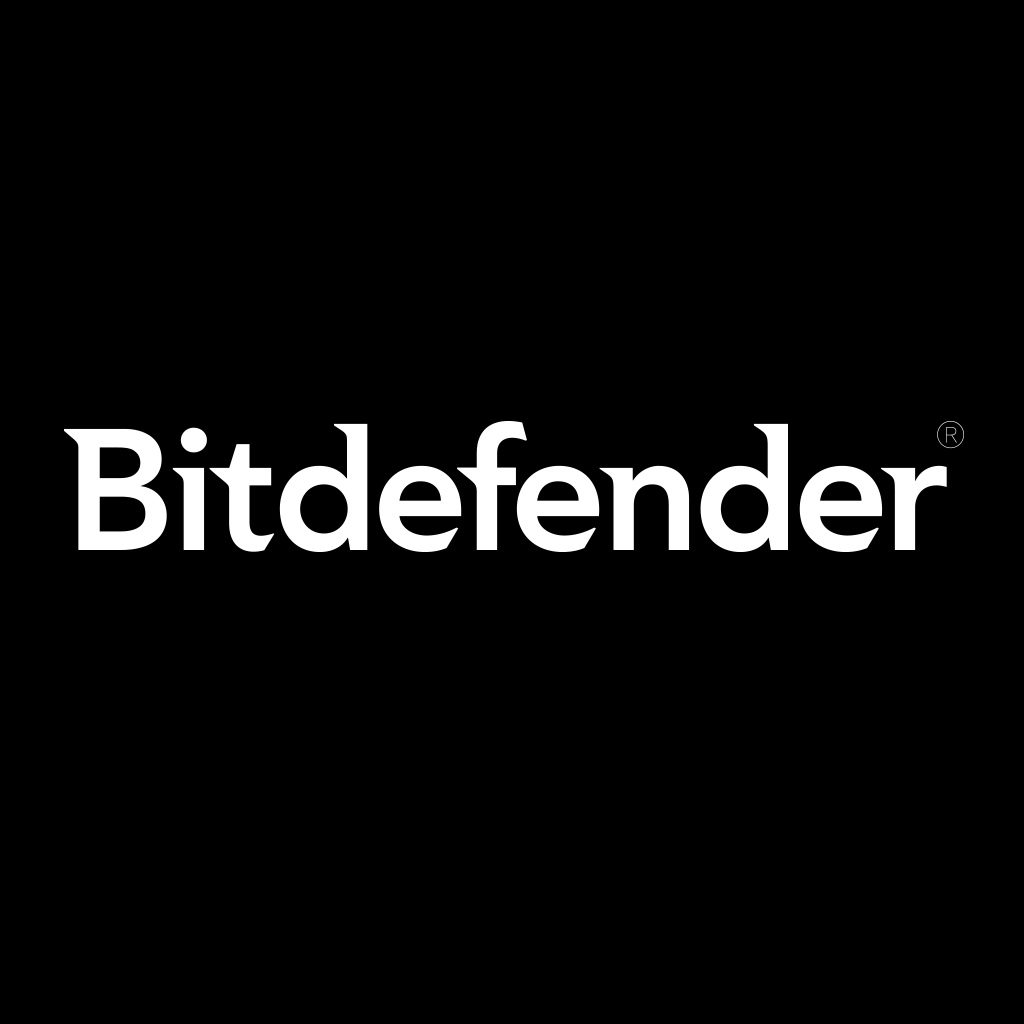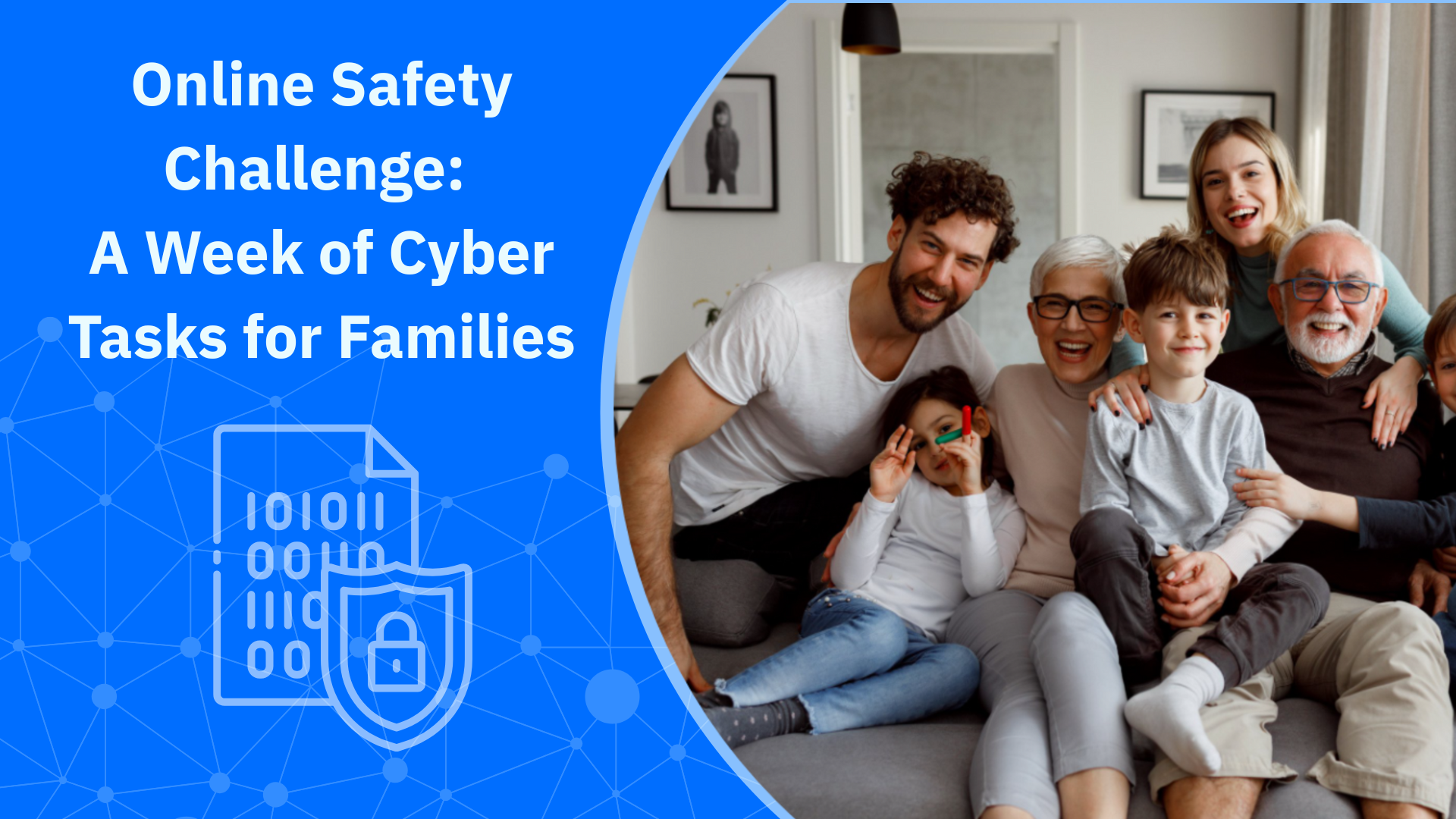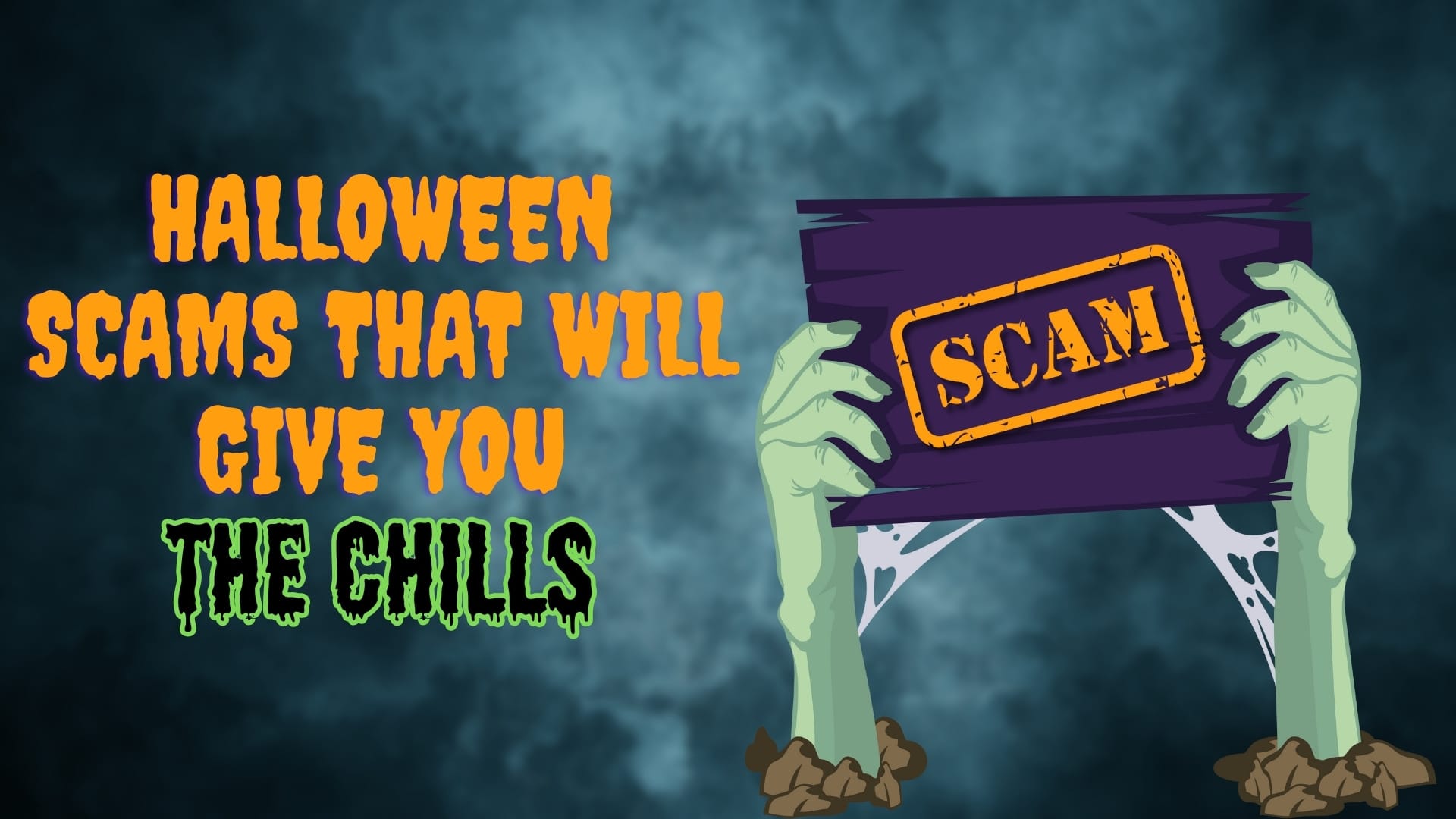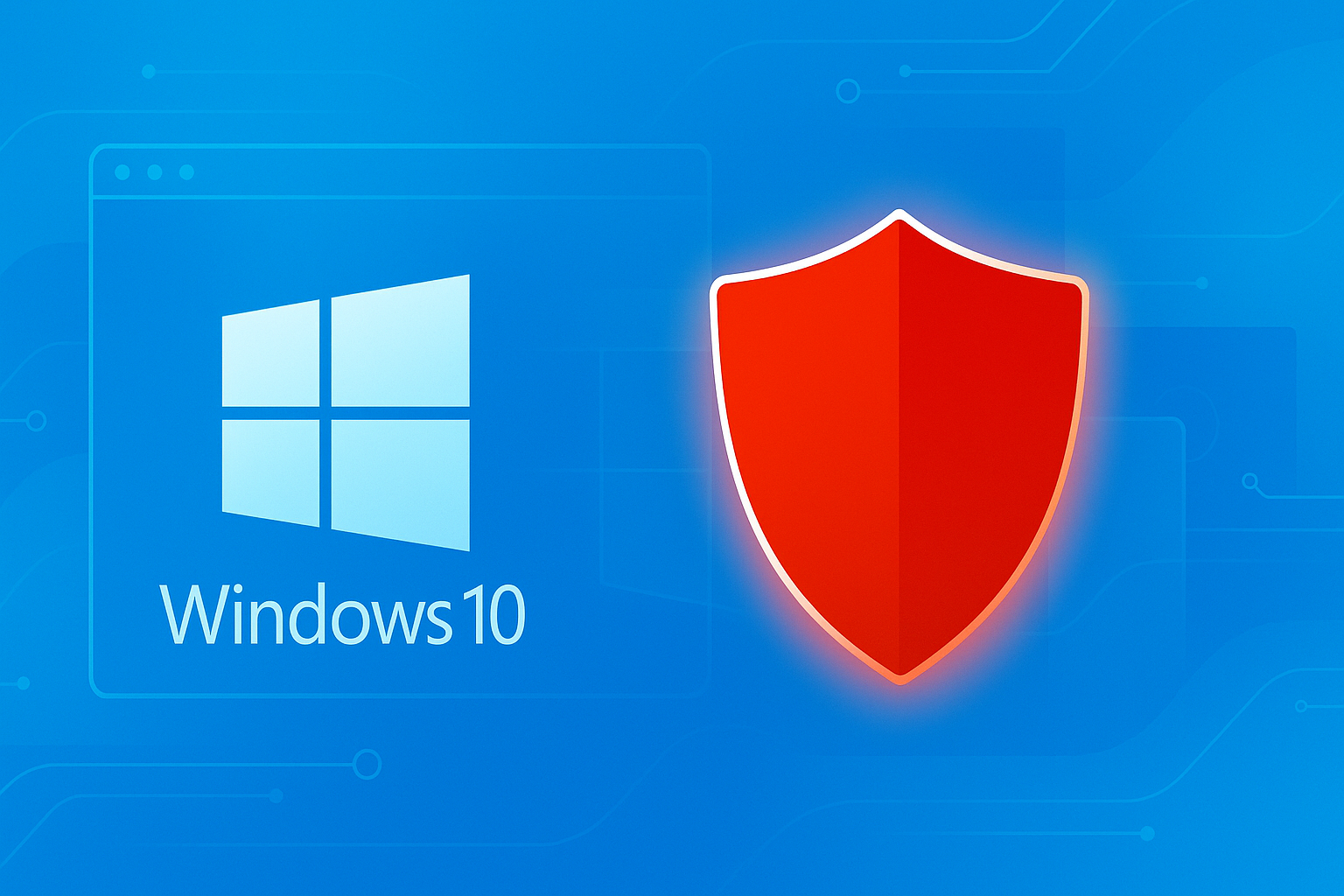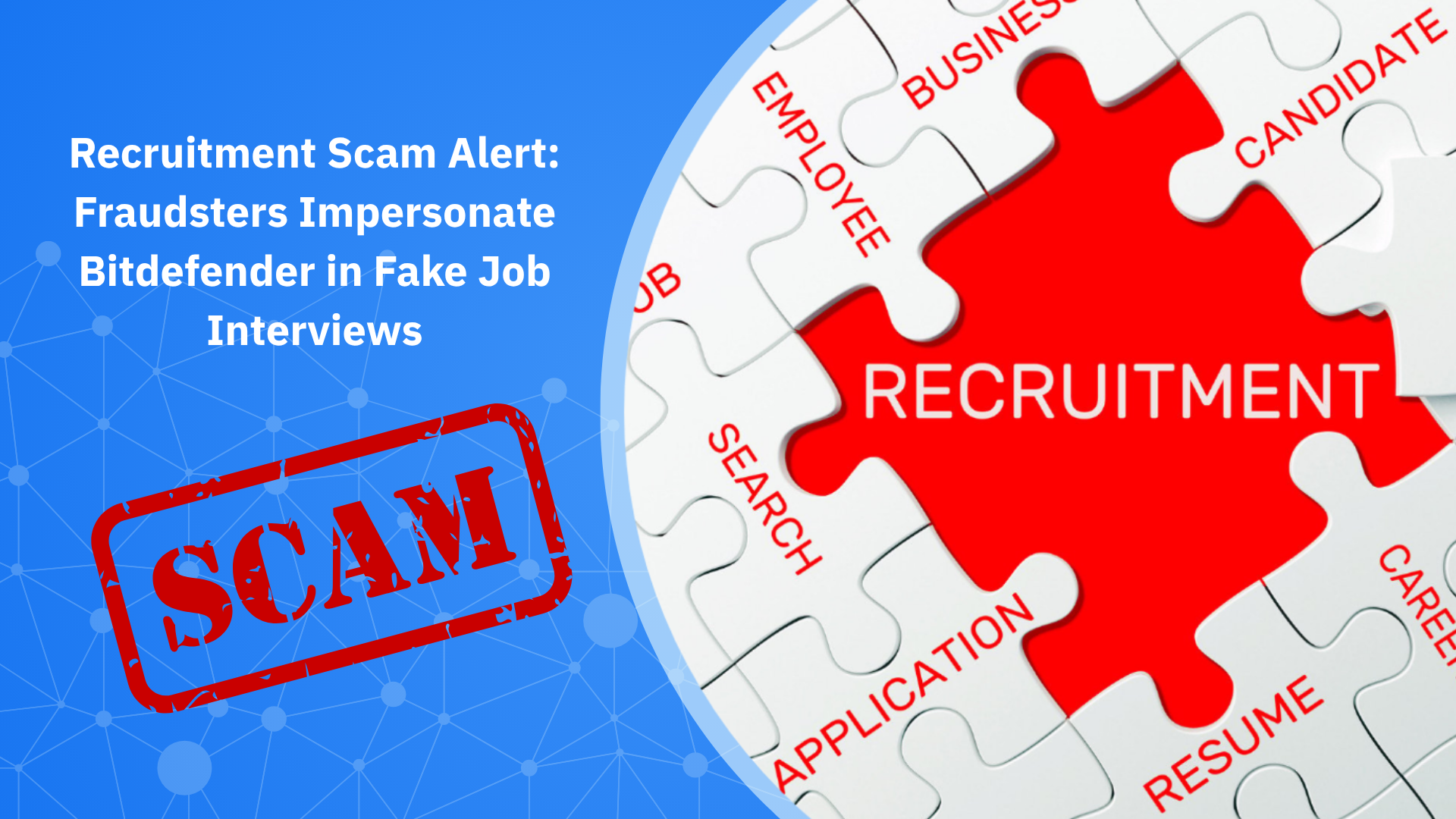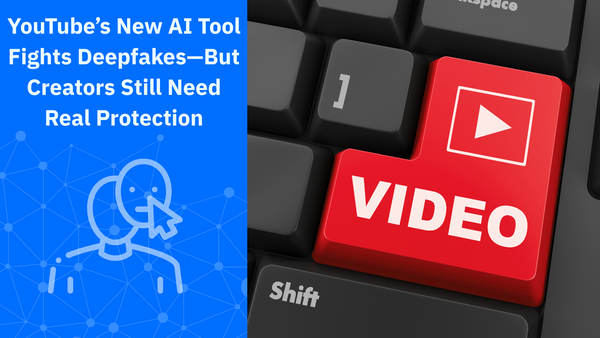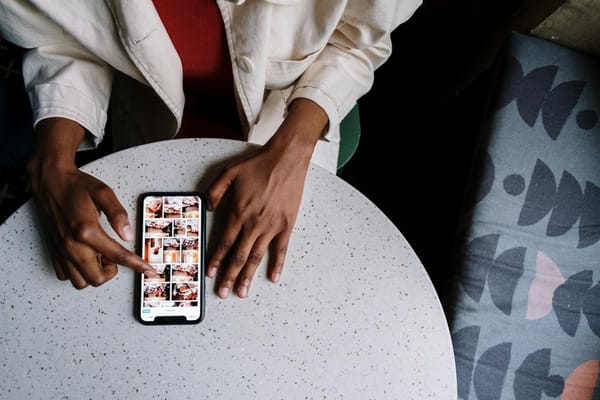How to Check & Fix an Instagram Shadowban: Your 101 Guide
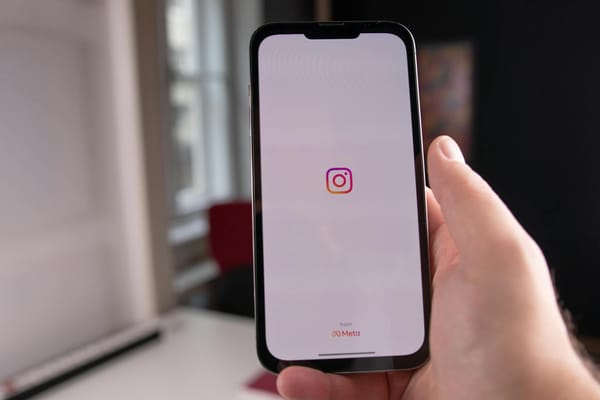
First off, let's start with a proper distinction. An Instagram shadowban is not a penalty that Instagram's team manually places on your account. It is the result of an algorithm detecting behavior it associates with spam, inauthentic activity, or violations of its community guidelines. The effect is a severe and unannounced restriction of your social media platform visibility.
The most common advice focuses on content and hashtag strategy, which is important. However, our threat intelligence consistently shows a link between compromised accounts and spammy behavior that triggers these algorithmic penalties. A hacker using your account to push scams is a fast track to getting your visibility crushed.
This guide addresses all sides of the issue, plus the best practices to maintain your content and security posture in good shape. Let's begin.
5 simple tests to check if you're shadowbanned on Instagram
A drop in reach can happen for many reasons, but a shadowban has specific digital fingerprints. The following tests will help you assess the reason behind it.
1. Try the manual hashtag test

Instagram has confirmed in its Transparency Center that posts violating Community Guidelines may be “less discoverable” in hashtags and Explore feeds. To test this, try this process:
- Choose a unique hashtag. Select a tag that is highly specific and has zero existing posts. A good example would be something like #YourBrandNameCreative2025.
- Create a new post. Publish a standard image or Reel. In the caption, include 5-7 popular, relevant hashtags along with your one unique hashtag.
- Perform the search from an outside account. Ask a colleague or use a separate account that does not follow you to search for your unique hashtag on Instagram.
- If your post appears under the unique hashtag for that outside account, you are likely not shadowbanned. If the post does not appear after a few minutes, it could be an indicator that your content's visibility is being restricted.
You could also try posting a new piece of content with a less competitive hashtag (e.g., #sunsetloversinstagram instead of #sunset). Then, from a non-follower account, search that hashtag. If your post doesn’t appear under Recent, even after a few minutes, that’s a problem.
2. Analyze your Instagram account status feature and insights

Instagram introduced Account Status as part of its 2022 push for more transparency. In 2025, it remains the fastest official way to see if your content has been flagged. Here's how to check it:
● First, check your Account Status. Navigate to your profile, tap the Menu icon (☰), then go to the search bar and type "Account Status". This dashboard will show if any of your content has been removed for violating guidelines or if your account is not recommended to non-followers. A green checkmark is a good sign, but it only rules out an official strike, not a more subtle algorithmic penalty.
● Next, analyze your Instagram posts' insights. Go to a recent post that underperformed and tap 'View Insights.' Scroll to the Reach section. The most critical data point in Instagram insights is the breakdown of impressions from non-followers, specifically from sources like the Explore page and hashtag search.
If a post that would typically get 40% of its reach from non-followers suddenly gets less than 5%, you have a clear data point showing the algorithm is not distributing your fresh content.
3. Browser-try the Instagram shadowban test online

A quick search will reveal dozens of third-party websites offering an "Instagram shadowban test online." While tempting, these tools are not affiliated with Instagram and should be approached with skepticism.
The primary risk is security. None of these tools is an official Instagram partner, and many services require you to grant them permissions or even provide your login credentials to analyze your account.
Giving account access to unapproved third-party apps is a primary way that accounts are compromised, which can lead to the very spammy behavior that triggers a shadowban in the first place. So, don't connect with them. Instead, type in your handle in the browser and see what the preliminary analysis shows.
While not highly effective or recommended, it's one of the ways creators check for an Instagram shadowban besides the Instagram app.
Our expert advice is to avoid these tools. Your own account insights in Instagram Settings provide more reliable, risk-free diagnostics.
5. Run a security check to assess if your account is compromised
If your account was compromised, the hacker's spammy activity could trigger the Instagram algorithm to shadowban your account. A full security audit is a necessary diagnostic step.
● Start within Instagram. Navigate to Accounts Center > Password and security > Security checkup. Here you can review your Login activity for unrecognized devices and see which third-party apps have access to your account. Revoke access for anything you don't recognize.

● Find the root cause with Bitdefender. Instagram’s checkup shows recent activity, but it doesn't reveal how your credentials may have been stolen. Bitdefender Security for Creators helps stop hackers from stealing your personal accounts.
Why do shadowbans happen? Instagram's community guidelines vs algorithm
The word shadowban gets thrown around a lot online. All in all, it's the platform's algorithm protecting users from spam and harmful content using a variety of signals to decide if your Instagram presence is worth promoting. When your account sends the wrong signals, Instagram shadowbans accounts to filter out the noise. Below are the primary triggers.
You're violating community guidelines (even unintentionally)

Violating Instagram's community guidelines is the number one criterion behind a shadowban. Meta's Transparency Center clearly states that they do not allow the following across Instagram, Facebook, Messenger, and Threads:
● Coordinating harm and promoting crime
● Dangerous organizations and individuals
● Fraud, scams, and deceptive practices
● Restricted goods and services
● Violence and incitement
● Adult sexual exploitation
● Bullying and harassment
● Child sexual exploitation, abuse, and nudity
● Human exploitation
● Suicide, self-injury, and eating disorders
● Inappropriate content like adult nudity and sexual activity
● Adult sexual solicitation and sexually explicit language
● Hateful conduct, like hate speech
● Privacy violations
● Violent and graphic content
● Account integrity
● Authentic identity representation
● Cybersecurity
● Inauthentic behavior (especially on a business account)
● Memorialization
● Misinformation
● Spam (too many posts, too many hashtags or restricted hashtags, Instagram bot activity, buying fake engagement or fake followers, posting spammy content, etc.)
● Third-party intellectual property infringement
● Using Meta's intellectual property and licenses
● Additional protection of minors
● Locally illegal content, products, or services
So, sharing unverified health claims, reposting copyrighted music without permission, or using sensationalized language can all violate Instagram's guidelines and affect not only your visibility but also your long-term engagement. You can check for official flags in Instagram's Account Status dashboard, which will list any content that has been removed or restricted.
Meta’s own reports confirm that once content is flagged, it may remain live but be made “less discoverable” in areas like the Explore page or hashtag feeds. Our recommendation is to appeal any flagged content promptly through the Account Status dashboard.
You're using spammy, broken, or banned hashtags
Hashtags can be misunderstood triggers for algorithmic suppression. Using just one controversial hashtag can make your entire post invisible to new audiences. So, here are the three types of tags that can harm your reach.
● Banned hashtags – These are tags permanently flagged by Instagram because they have been consistently associated with content that violates guidelines.
● Broken hashtags – These tags are temporarily disabled by Instagram following a sudden spike in user reports of inappropriate content. Posting with a broken hashtag means posting content that will not be indexed or shown on those hashtag pages.
● Spammy hashtag behavior – this is about how you use hashtags. The algorithm flags repetitive or irrelevant usage as a low-quality signal. Copying and pasting the same hashtags and large blocks of irrelevant hashtags on every post will hurt your Instagram profile.
Before posting, search for the tag in the Instagram app. If the results pages for your tags show a warning message like “recent posts hidden due to guideline violations,” those are broken or banned tags. Do not use them.
You're engaging in spammy or bot-like activity (fake engagement)

Nowadays, Instagram (and social platforms) enforce heavy restrictions on any activity that resembles automation. The platform's systems are now highly proficient in flagging patterns like:
● Mass following or liking
● Rapid comment blasts
● Login sessions from unusual locations
In the first half of 2025 alone, Meta removed around 10 million fake profiles, as many of them were impersonating real creators and spamming feeds.
So, if you're thinking of buying fake followers or using unauthorized apps that promise to auto-comment or auto-like on your behalf, stop right there. This will violate Instagram's terms and will get your account flagged.
If you used third-party unauthorized tools and your personal info got exposed, act immediately before that escalates into a bigger issue like identity fraud.
You're receiving a high volume of user reports

A high volume of user reports can trigger instant visibility drops even if you've done nothing wrong. Instagram won’t flag this explicitly in your dashboard, but a sudden and severe drop in post visibility immediately following a viral or problematic content piece is a strong sign.
More commonly, however, a spike in reports occurs when an account is compromised and used to post scams, causing your own followers or other users to report the content and quickly get the account flagged. We've seen this happen in recent years across meme accounts that switched their feed posts with explicit content overnight.
How to remove an Instagram shadowban, step-by-step
Our security experts put together the following 5-step framework for you. Keep in mind that you must follow them in order.
Step 1: Hit pause for a 48-hour cool-down period
Instagram's algorithm identifies problematic accounts based on patterns of activity. Your first and most important step is to break that pattern by creating a clear interruption in the data you are sending to its servers.
With Meta's systems automatically actioning over 366 million pieces of spam quarterly, the algorithm is highly sensitive to any behavior that appears automated or high-volume. Continuing to post can flag an existing negative flag against your account. The strategy is to pause all activity for 48 to 72 hours. This "cool-down" period will allow the algorithm to reset its temporary flags on your recent activity and give you a cleaner slate.
This pause also serves as a security diagnostic, because if you are fully logged out but colleagues report new activity from your account, you have a definitive confirmation that the account is compromised.
Step 2: Audit and cleanse your broken hashtags, spammy behavior, and content
After the cool-down period, you need to signal to the algorithm that you are realigning with platform rules.
● Review the last 30-60 days of your content, looking for any posts that could be considered borderline by Instagram's algorithm. This includes removing posts with banned or broken hashtags and editing captions to remove repetitive, spammy hashtag blocks.
● Instead of permanently deleting posts, use Instagram's native "Archive" feature. This makes the content invisible to the public and the algorithm, but allows you to restore it later if you determine it wasn't the cause of the issue.
● Concentrate your audit on the 10-15 posts published immediately before you noticed a drop in reach, as these are most likely to contain the trigger.
Step 3: Revoke access for unauthorized third-party apps
Another aspect that can lead to being shadow banned is the network of third-party applications you have granted access to your account. Many unapproved apps can mass-follow accounts, post generic comments, or send unsolicited messages. These are all against Instagram's policies.
The Head of Instagram, Adam Mosseri, has repeatedly emphasized the platform's focus on authentic interaction. Using suspicious apps that create the appearance of fake accounts or inauthentic activity is a direct path to suppression and can harm your visibility in search results.
Which is why you must perform a full audit of all active apps connected to your account to avoid spammy behavior.
- Open your app permissions. Go to Settings > Your app and media > Website permissions > Websites and apps. This dashboard will show you a list of every application you have ever authorized.

- Audit the list with a critical eye. Review each app and ask: Is this an official Meta partner? Do I actively use this service? Does its function align with the goal to follow Instagram's community guidelines on authentic engagement?
- Revoke permissions immediately. Remove apps that don't align with these guidelines to protect your account. Tap on the specific application and select 'Remove' to immediately revoke permissions. This is a non-negotiable step for regaining account health.
A professional strategy is proactive. Prevent phishing attacks and malware that trick you into authorizing malicious apps to secure the foundation of your digital brand.
Protect Your Accounts with Bitdefender Security for Creators.
Step 4: Since you can't contact Instagram support, report the problem
While you cannot directly email or call an Instagram support agent, the platform has official channels for reporting technical issues. For most users, this is the final step in the recovery process.
If you suspect your Instagram content was incorrectly penalized for posting sensitive or graphic content when the content was, in fact, compliant with all guidelines. To submit a report, navigate to your profile, tap the Menu icon (☰), then go to Report a Problem.

When you write your report, be concise, professional, and factual. A strong report states: "I have completed a full audit of my account and content to ensure compliance with all community guidelines. I believe my account's reach and visibility in search results have been mistakenly limited. I am requesting a review to restore my account's standing."
Submitting a report does not guarantee an immediate response, but it creates a formal record of the issue.
Step 5: Re-engage authentically and follow Instagram's rules
Your first few posts send a powerful signal to the algorithm, and your goal is to demonstrate that your account provides high-value, authentic engagement. The 2025 algorithm shift values early retention and interactivity, like saves and shares, more than simple vanity metrics. This is your opportunity to prove you follow Instagram's community guidelines and are a valuable part of the ecosystem.
● Your first post back should be a high-effort piece of content designed for maximum interaction, such as an educational carousel that prompts users to save it or a Reel that asks a direct question to your audience.
● Dedicate time after posting to respond thoughtfully to comments and engage with other accounts in your niche.
● For every new piece of Instagram content, conduct fresh hashtag research to make sure your tags are healthy and contextually relevant.
Step 6: Secure your account to prevent future shadowbans

Getting your reach back is a great first step. Now, you need to make sure this doesn't happen again. Start with these three non-negotiable security habits:
● Use a better 2FA. Switch from SMS texts to an authenticator app like Google Authenticator. It’s a simple change that protects you from common hacking techniques like SIM-swapping.
● Create a unique password. Your Instagram password should only be for Instagram. If a hacker steals a password you reused on another website, they'll use it to take over your account.
● Question every offer. Treat all unsolicited DMs and emails for collaborations as potential scams. Never click links or download files without confirming the offer is real through the brand's official website.
These manual habits are your foundation. But as a creator, you are a constant target for sophisticated phishing scams and new types of malware.
Consider a specialized tool like Bitdefender Security for Creators. Its anti-scam email protection automatically checks those collaboration offers, flagging the fakes before they can trick you. The award-winning device protection blocks the malware that hackers use to steal your passwords directly from your computer or phone.
tags
Author
The meaning of Bitdefender’s mascot, the Dacian Draco, a symbol that depicts a mythical animal with a wolf’s head and a dragon’s body, is “to watch” and to “guard with a sharp eye.”
View all postsRight now Top posts
Microsoft Is Done With Windows 10 but Bitdefender Will Keep You Safe Until October 2026
October 14, 2025
Recruitment Scam Alert: Fraudsters Impersonate Bitdefender in Fake Job Interviews
October 13, 2025
FOLLOW US ON SOCIAL MEDIA
You might also like
Bookmarks

